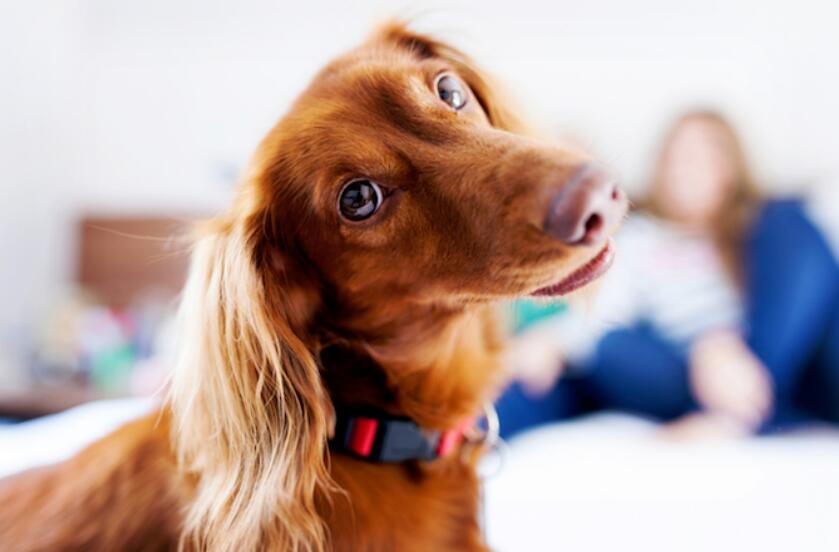 Dachshunds have lovely long backs, short legs and floppy ears. Unfortunately, their long backs make them more prone to herniated discs, which can lead to a range of problems from mild back pain to paralysis. But it’s not just their physical structure; 1 in 5 Dachshunds carry a gene that produces mineral deposits in their spinal discs, increasing their risk of herniation and rupture.
Dachshunds have lovely long backs, short legs and floppy ears. Unfortunately, their long backs make them more prone to herniated discs, which can lead to a range of problems from mild back pain to paralysis. But it’s not just their physical structure; 1 in 5 Dachshunds carry a gene that produces mineral deposits in their spinal discs, increasing their risk of herniation and rupture.
While you can’t completely eliminate the possibility of back problems for your dachshund, you can help prevent or treat them with dog ergonomics and prompt medical care when needed. Here’s what you need to know.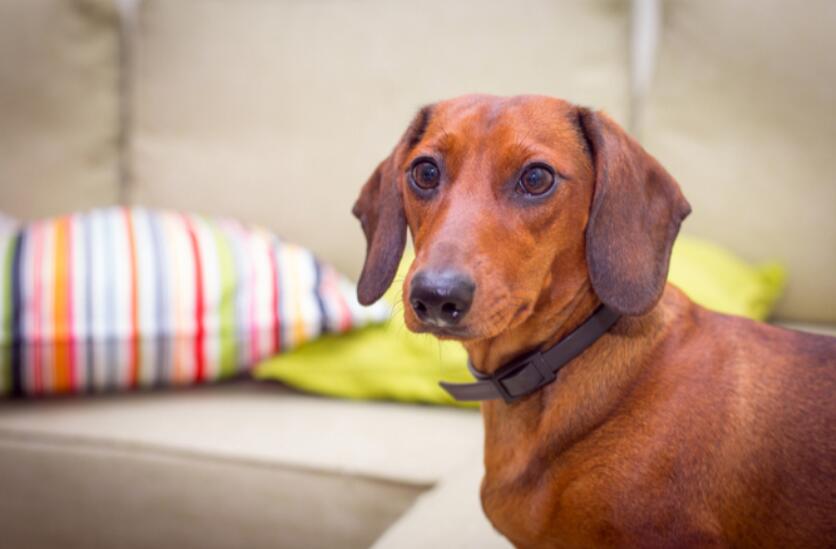 Furniture to have ramps
Furniture to have ramps
Jumping up and down on furniture puts a tremendous amount of stress on a dachshund’s back. Rather than banning your dog from your bed or couch, “give your pet a ramp. Pet steps are still steps that may require awkward movement. Dachshunds can get frustrated with them and often jump up and down during their journey.
Slopes are easier for dachshunds. They will usually go up or down the slope without jumping off. If you can, put your salami on the stairs
If you can, put your salami on the stairs
Climbing stairs can be difficult for your dachshund’s back because climbing stairs requires twisting, pulling and turning when a staircase may be higher than his shoulders. Going down stairs may require quite a bit of jumping. Because stairs are the hardest thing a dachshund will ever walk on in his life, carry him up as many stairs as possible. If that’s not the case, then try to minimize the number of times he goes up the stairs. “Dogs are dogs. You can’t control every stair they climb, but you can limit the frequency of jumps and climbs.
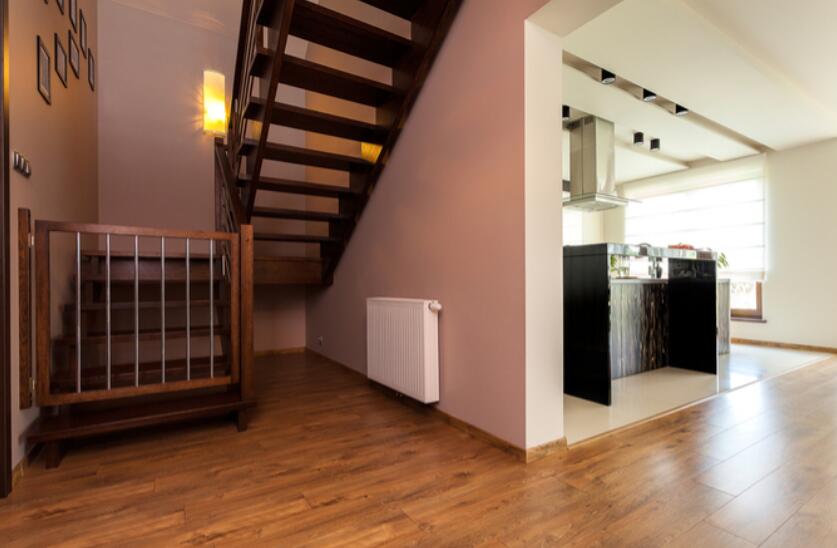 Using the baby gate
Using the baby gate
Installing baby gates on your stairs will reduce how often your dachshund walks up and down them. This doesn’t mean he’ll never use the stairs, but it does give you control over their use. Help your dachshund reach and maintain a healthy weight
Help your dachshund reach and maintain a healthy weight
It’s hard to deny your puppy hospitality when those puppy eyes are looking straight at you, loving you as much as they are loving you. Emphasize that food is love by limiting food and increasing activities that don’t involve bouncing and climbing stairs. Being overweight by as little as 10% of your ideal body weight can put additional stress on your body. For a 14-pound dachshund, that’s just 1.4 pounds. Ask for a neurologist referral if necessary
Ask for a neurologist referral if necessary
Weenie’s back problems are rated on a scale of 1 to 5. The first stage is back pain. The second level is where there is a problem moving. At level 3, the dachshund cannot move their legs. At level 4, the dog can still feel their toes, but at level 5, they have experienced paralysis and cannot feel their toes. Whenever your dog is experiencing problems beyond Level 1, consult a veterinary neurologist to determine the best course of action to improve your Dachshund’s pain level and mobility.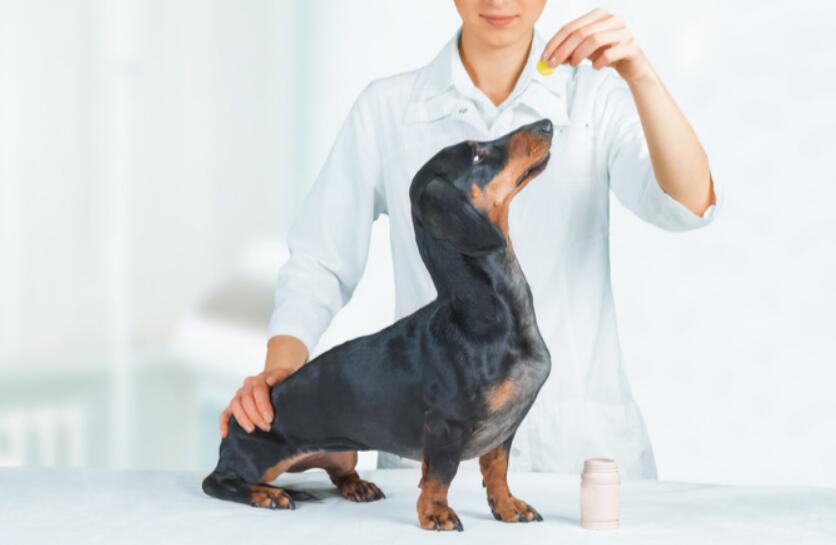 Try painkillers first, then non-surgical treatments
Try painkillers first, then non-surgical treatments
In some cases, mild back pain, painkillers and other medications to help your dog rest may be all that is needed to resolve back problems. The key is to expect only pain medication to cure minor pain. Severe pain may require laser surgery or surgery. One method offered by veterinary neurologists is to insert laser fibers into the herniated disc. Laser surgery typically takes only 35 minutes and is half the price of full surgery.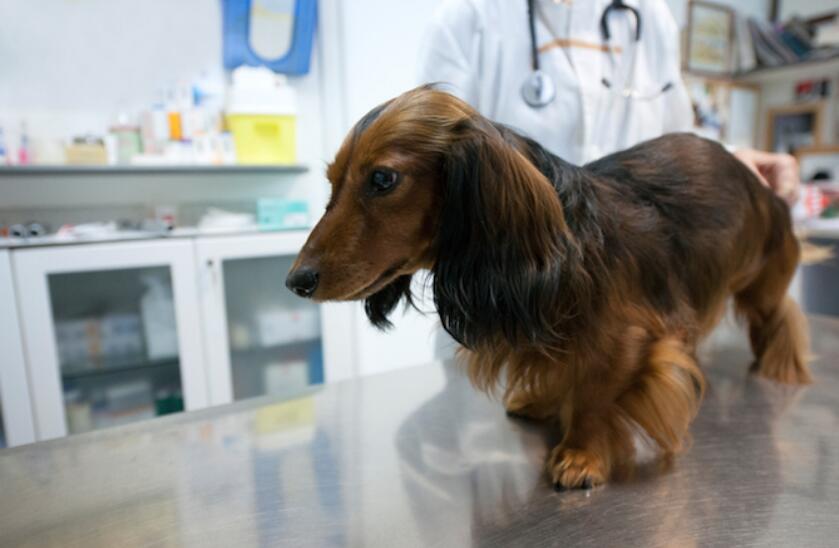 Surgery as soon as the need is identified
Surgery as soon as the need is identified
While people may be told to postpone surgery as long as possible, the outcome of the operation may be better for those dachshunds that need it once they know it. The reason for this is that if the pet can still feel their toes, they have a 90% chance of being able to walk again. Once a dog has a grade 5 back problem, there is only a 50% chance of recovery.

